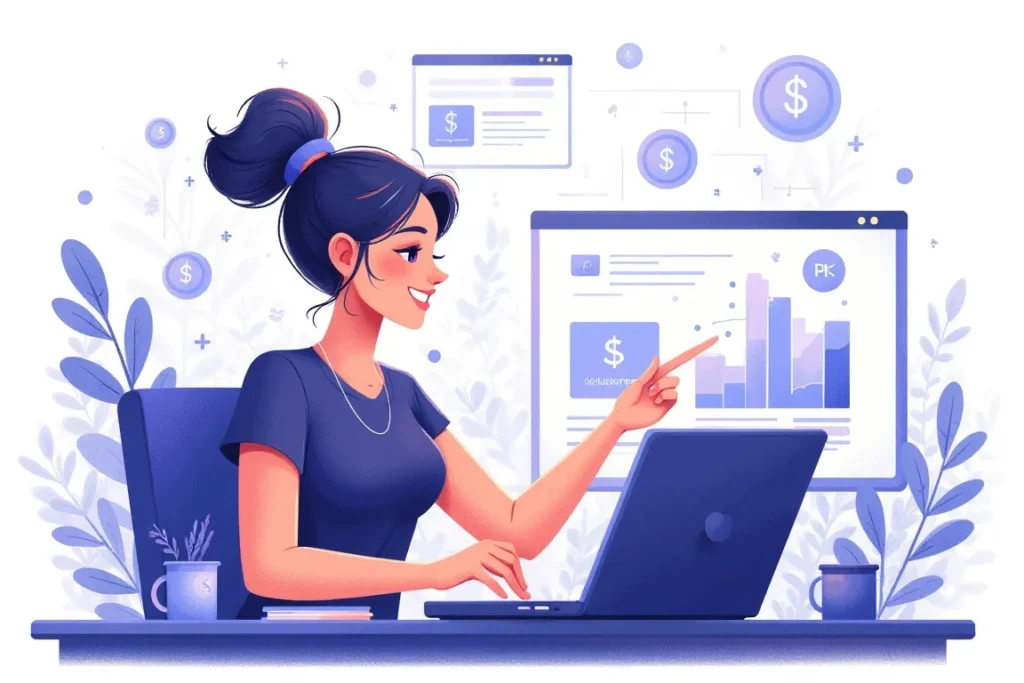3 psychological triggers that make customers pay premium prices for the same content others sell for $5
Look, I’m gonna cut straight to the chase here. You’ve probably stared at some cheap PLR content and thought, “Nobody’s gonna pay good money for this garbage.”
You’re half right. Nobody will pay premium prices for PLR that looks cheap. But the content itself? That’s rarely the problem.
I’ve watched people take the exact same PLR package and get wildly different results – one person sells it for $5 and gets crickets, another repackages it and commands $47+ consistently. The difference isn’t the words on the page.
It’s the perception of value.
The Cheap PLR Death Trap
Here’s what most people do wrong with PLR content:
- Use it straight out of the box – Generic titles, basic covers, zero personality
- Price it like commodity content – Racing to the bottom with $3-$7 price points
- Sell it where cheap PLR lives – Same platforms, same presentation, same expectations
- Add nothing unique – No personal insights, no fresh angles, no brand identity
- Skip the psychology – Ignoring what actually makes people want to buy
Then they wonder why nobody takes them seriously. Of course nobody’s buying – you’re selling digital fast food when people are craving a premium dining experience.
The 1-Hour Premium Transformation System
Here’s my exact process for turning bargain-bin PLR into premium products that sell at 5-10x the price:
Minutes 1-15: The Authority Injection
Transform the positioning from generic to expert-level:
- Rewrite the title – Add specificity, urgency, or exclusivity
- Create a powerful subtitle – Promise a specific outcome in a specific timeframe
- Add credibility markers – “Based on 1,000+ case studies” or “Used by Fortune 500 companies”
- Include your unique angle – What makes YOUR version different?
Minutes 16-30: The Visual Premium Upgrade
Make it look expensive before they even read a word:
- Professional cover design – Clean, modern, high-end aesthetic (not busy or cluttered)
- Premium color scheme – Dark backgrounds, gold accents, or minimalist whites
- Quality typography – Readable fonts that scream professionalism, not amateur hour
- Mockup presentations – Show it on tablets, phones, or premium backgrounds
Minutes 31-45: The Content Value Stack
Add elements that justify premium pricing:
- Executive summary – Busy people pay more for condensed insights
- Quick-reference guides – Checklists, templates, or action steps
- Case study examples – Real-world applications of the concepts
- Bonus materials – Audio versions, worksheets, or follow-up resources
Minutes 46-60: The Premium Presentation Package
Bundle everything into an irresistible offer:
- Professional sales page – Clean design, compelling copy, social proof
- Value-stacking – Show the individual worth of each component
- Scarcity elements – Limited-time bonuses or exclusive access
- Premium positioning – Language that assumes higher value
Useful Articles:
The Psychology Behind Premium Pricing
People don’t buy products. They buy transformations. And transformations are worth more than information.
Here’s what drives premium purchase decisions:
- Perceived expertise – They believe you’re the authority on this topic
- Exclusive access – They feel they’re getting something special, not generic
- Time savings – They value convenience over doing it themselves
- Status alignment – The product matches their self-image aspirations
- Risk reduction – Professional presentation reduces fear of wasting money
The 3 Psychological Triggers That Command Premium Prices
Trigger #1: The Specificity Premium
Vague: “Weight Loss Guide”
Premium: “The 21-Day Metabolic Reset for Busy Professionals Over 35”
Specific solutions to specific problems command specific (higher) prices.
Trigger #2: The Authority Transfer
Generic PLR: Written by “Digital Marketing Experts”
Premium Version: “The Exact System I Used to Build My $2M Agency”
When you attach real credentials or results to content, perceived value skyrockets.
Trigger #3: The Urgency Amplifier
Standard approach: “Learn these strategies”
Premium approach: “The 48-hour window to implement before your competition catches on”
Time-sensitive value feels more valuable than evergreen content.
Useful Articles:
The Premium Pricing Sweet Spots
Based on what I’ve seen work consistently:
- $27-$37 – Enhanced PLR with bonuses and professional presentation
- $47-$67 – Complete transformation packages with multiple formats
- $97-$147 – Premium positioning with exclusive bonuses and scarcity
- $197+ – Full systems with ongoing support or community access
The key insight: price influences perceived value more than actual value influences price.
What Makes People Pay Premium vs. Bargain Prices
Premium buyers want:
- Solutions to urgent problems
- Professional presentation and packaging
- Authority and credibility markers
- Exclusive or limited access
- Complete systems, not just information
Bargain hunters look for:
- Generic information
- Basic functionality
- Lowest possible price
- Mass-market availability
- Simple transactions
Choose your audience, then design your offer to match their expectations.
Useful Articles:
The Instant Authority Upgrade Checklist
Before you launch, make sure your transformed PLR has:
- Professional visual identity – Consistent colors, fonts, and design elements
- Specific outcome promises – Clear results in defined timeframes
- Credibility indicators – Testimonials, case studies, or authority positioning
- Value stack presentation – Show individual component worth clearly
- Premium language throughout – Professional tone, confident positioning
- Scarcity or exclusivity – Limited bonuses, time-sensitive offers, or member-only access
The Platform Strategy for Premium PLR
Where you sell matters as much as what you sell:
- Avoid bargain platforms – Don’t compete with $5 PLR on Fiverr
- Use professional storefronts – Gumroad, Teachable, or your own site
- Target premium audiences – LinkedIn, Facebook groups for professionals
- Position as courses/systems – Not just “PLR content”
- Include ongoing value – Email sequences, community access, or updates
Why This Works When Generic PLR Doesn’t
The transformation process eliminates the biggest objections to PLR:
- “It looks cheap” → Professional presentation commands respect
- “Everyone has this” → Unique positioning creates exclusivity
- “It’s just basic info” → Value stacking justifies premium pricing
- “No personal touch” → Your authority positioning adds credibility
- “Feels generic” → Specific targeting makes it relevant
Most importantly, you’re not competing on price anymore. You’re competing on transformation promise.
The reality is, doing these transformations manually for each piece of PLR is time-intensive and requires design skills most people don’t have. That’s precisely why I’ve been developing Ready-to-Sell Digital Products that come pre-transformed – professional covers, premium positioning, value-stacked bonuses, and pricing strategies that command respect from day one.




